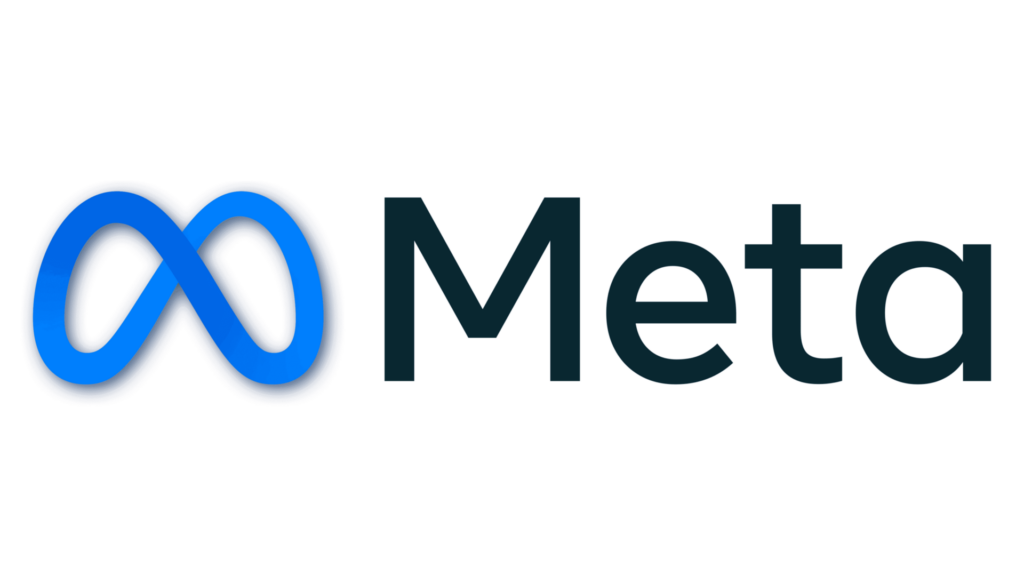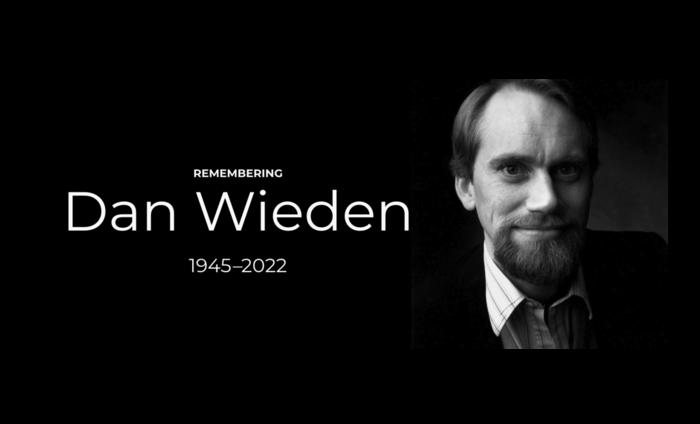By Mofeoluwa Awe
Meta is headed to court and it’s not just Silicon Valley watching. The outcome of the FTC’s antitrust trial against tech giant could ripple across global advertising landscape, including Nigeria. If Meta is forced to split from Instagram or WhatsApp, the very foundation of how brands buy ads, track performance, and target audiences may be disrupted. For businesses, marketers, and ad buyers, this isn’t just a U.S. legal matter, it’s a strategic red flag.
The U.S. Federal Trade Commission (FTC) is accusing Meta of anti-competitive behaviour through its past acquisitions of Instagram and WhatsApp. The concern? That Meta used these moves to squash competition and monopolize data and audience reach. If the FTC wins, Meta may be forced to separate these platforms, splitting up its ad ecosystem and possibly altering how advertisers reach consumers across the Meta network.
Should the FTC succeed in making its case, advertisers could face a massive shift in how they execute their ad strategies. Meta’s current power lies in its ability to offer advertisers a seamless, unified ad platform across Facebook, Instagram, and WhatsApp. A breakup would mean managing multiple platforms separately, resulting in increased time, costs, and complexity. As a result, advertisers could see a dip in return on investment (ROI) due to the loss of synergy between these platforms. Without the ability to leverage data from all its platforms in one place, the precision in audience targeting that Meta provides may weaken, making campaigns less effective.
For many brands, especially startups and small businesses, this could signal the need to reevaluate their digital marketing strategy. In addition to the risk of higher costs, the fragmentation of Meta’s platforms could also lead to pricing volatility. CPMs (cost per thousand impressions) might rise or fluctuate, leaving advertisers unsure of their budgets and ROI.
Nigerian brands, in particular, should consider diversifying their ad spend. Relying solely on Meta for campaigns could soon become risky. Platforms like TikTok, YouTube, Twitter (X), and even local ad networks might become more prominent in the ad ecosystem. As Meta’s ecosystem unravels, marketers will need to stay agile and explore new ways to reach their audiences.
Another key consideration is data ownership. Building and owning first-party data is becoming increasingly important, as shifts in ad practices will mean relying less on Meta’s data. Brands should focus on growing email lists, nurturing communities on WhatsApp or Telegram, and strengthening their web presence. Creating a solid base of customer data is becoming more critical than ever in a digital advertising world that’s undergoing major changes.
The final takeaway? Brands should embrace creative agility. Content strategies that work on Instagram might not translate well on TikTok or YouTube Shorts. Being prepared to repurpose content for multiple platforms will be essential in the coming months and years.
This trial could be a turning point in digital advertising. Whether Meta emerges intact or not, it’s a loud message to marketers everywhere: Adapt or be left behind. The brands that will thrive in this new era will be those that invest in building real communities, staying nimble in a fast-changing ad world, and thinking beyond the algorithm.








Comment
No comments found.